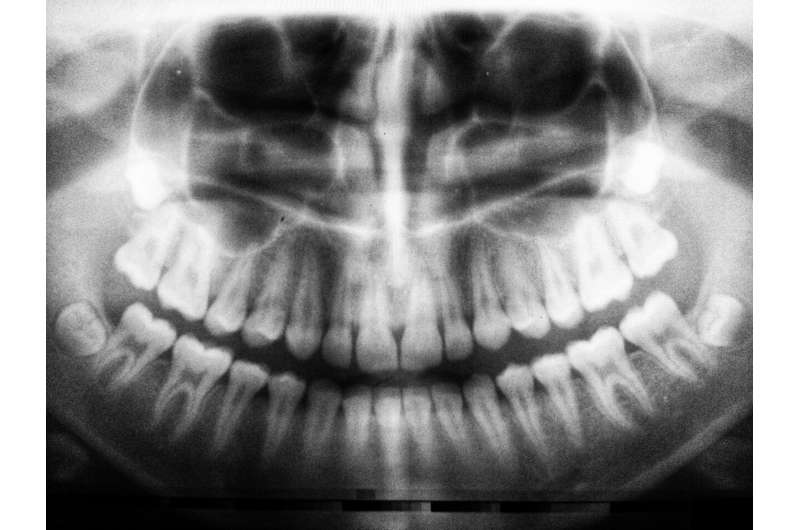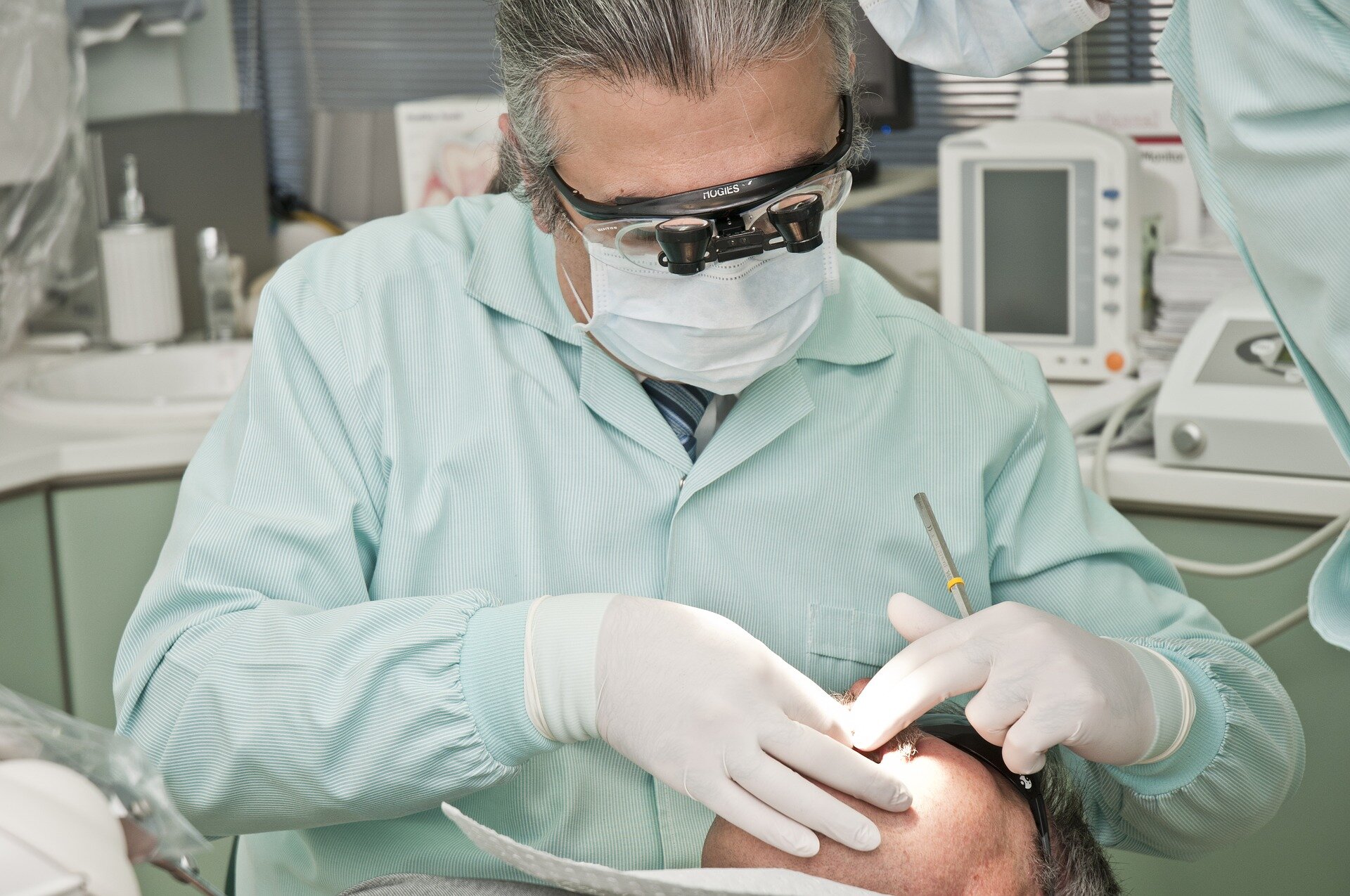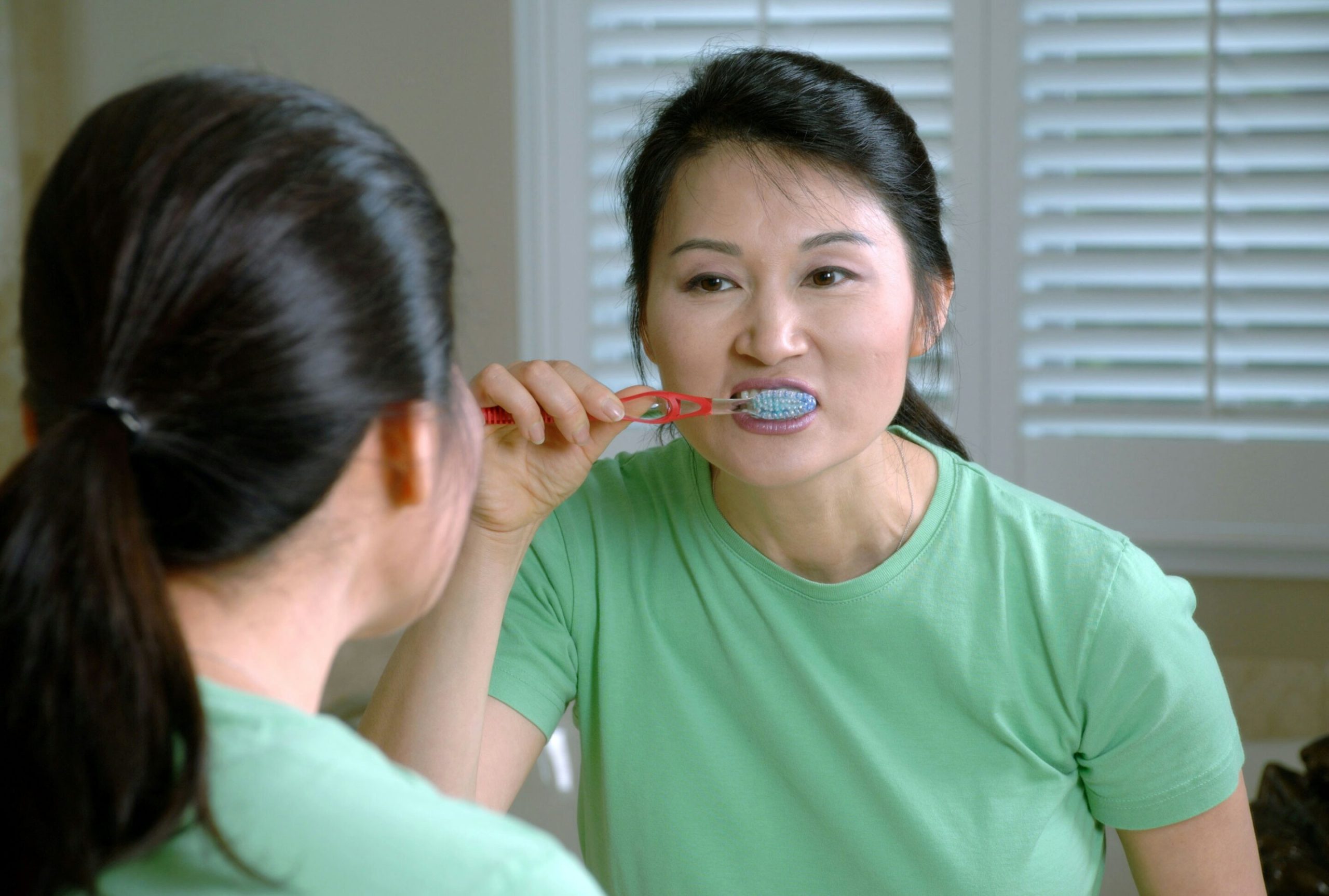
A team of researchers from the ADA Forsyth Institute and University of North Carolina (UNC), Chapel Hill used single-cell transcriptomic analysis to successfully map dental pulp stem cells (DPSC) and periodontal ligament stem cells (PDLSC) and found remarkable differences between them.
The study, which appears in the Journal of Dental Research, provides the most detailed analysis of these stem cells to date, identifying the entire genome of the stem cells and their potential differentiation trajectories.
“Dental pulp and periodontal ligament stem cells both have the potential to develop into any type of cell in the body,” explained ADA Forsyth Scientist Alpdogan Kantarci, DDS, MSc, Ph.D. who led the study with UNC biostatistician Di Wu, Ph.D. “We wanted to discover how they were different and whether there were differences in their capacity to differentiate into other cell types.”
The team discovered that both types of stem cells have seven different gene clusters, with different categories of genes reflecting different stages in the differentiation process.
Four of those gene clusters were similar when comparing the two types of stem cells. Three of the clusters were uniquely different. While PDLSC’s were more like fibroblasts (cells that can become connective tissue) because of an increased proportion of certain clusters, DPSCs had higher differentiation potential and converted more easily into bone cells.
“This new information on the specific genetic composition and mechanisms of differentiation in the dental pulp and periodontal ligament stem cells will generate a new era of work in regenerative medicine,” said Dr. Kantarci. “We could potentially select a stem cell-based on its distinct properties to create targeted regenerative dental tissue repair and other regenerative therapies.”
ADA Forsyth scientists obtained the stem cells from extracted teeth without culturing them (unlike other studies of these stem cells) and sent them unfrozen to UNC for single-cell transcriptomic analysis. Meanwhile, they also took the same cells and differentiated them into known cell types, such as fibroblasts (cells that can become connective tissue) and osteoblasts (bone cells).
The team then used advanced bioinformatics to compare and document the capacity of the two populations of stem cells to differentiate into osteoblasts or fibroblasts. The results of the bulk RNA sequencing validated the findings of the single-cell transcriptomics.
“Prior to this study, people believed that stem cells were either very similar to each other or very different from one another,” said Dr. Kantarci. “Now we have enough information to see the huge potential for using specific features of these stem cells to create more effective and targeted regenerative therapies.”
More information:
Y. Yang et al, Single-Cell Transcriptomic Analysis of Dental Pulp and Periodontal Ligament Stem Cells, Journal of Dental Research (2023). DOI: 10.1177/00220345231205283
Citation:
Study mapping entire genome of oral stem cells opens new doors for regenerative medicine (2024, January 16)
retrieved 28 September 2024
from https://medicalxpress.com/news/2024-01-entire-genome-oral-stem-cells.html
This document is subject to copyright. Apart from any fair dealing for the purpose of private study or research, no
part may be reproduced without the written permission. The content is provided for information purposes only.



